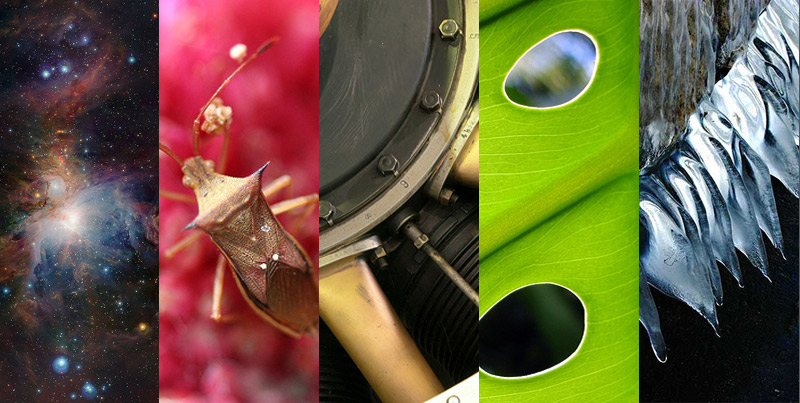
Photo: Daniel Parks/Flickr
The numbers vary according to which study you cite, but the takeaway is typically the same. Cows emit a lot of greenhouse gases, namely methane.
It’s a sticky problem to fix; we can create hybrid and electric cars, employ more methods of green energy production, but how do we reduce the emissions in a live animal? Researchers haven’t gotten that far yet, but they’re taking their first steps.
Chris McSweeny is with the CSIRO’s Sustainable Agriculture Flagship in Brisbane, Australia. He and a team of scientists developed a device that is swallowed by cows and other livestock, then examines the conditions in the cows’ stomachs. It uses infrared sensors to measure gas concentration over a period of weeks. It has a pair of “wings” that pop out, allowing it to stay in a certain chamber of the digestive tract. All of the sensors are hooked up to a wireless network, so researchers get read-outs of the cows’ innards in real time.
Using the data, McSweeny’s team will see exactly how much cows are burping and farting out methane throughout the day, then figure out how that relates to diet and genes. That information will help researchers breed low-methane cows and plan more emissions-efficient meals for the cattle. McSweeny says the effort could reduce livestock methane emissions by half. But take note, green tech researchers: This isn’t an excuse to slack off on those efficient-yet-confusing-to-drive cars and solar panels.
